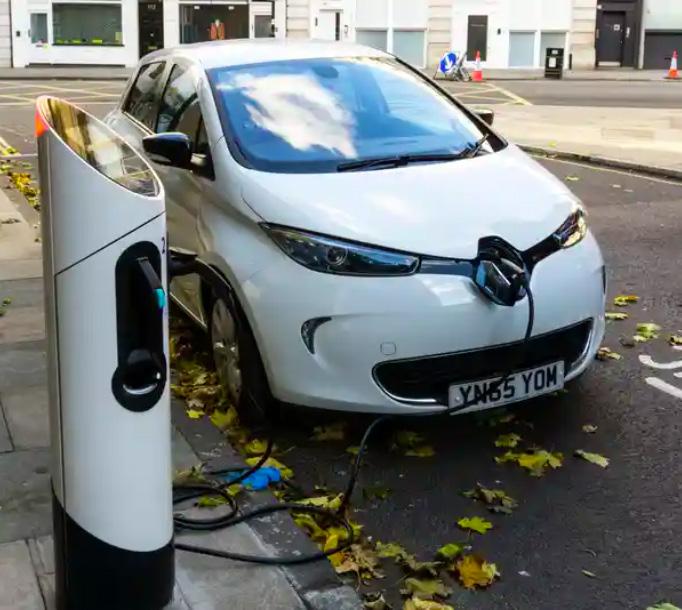
1 minute read
trend F ore C ast I ng
Trend Forecasting involves predicting future consumer trends based on changes in attitudes and lifestyles (Raymond, 2010, p.12). These can be global implications. For industries, trend forecasting enables companies to calculate and forecast developments and upcoming consumer preferences. Anticipating trends offers a competitive advantage by aligning product development with consumer preferences and timing the arrival of products within the marketplace (Brannon, 2000). Trend forecasting is utilized in order to provide an outlook into product positioning, ensuring companies stay on trend, providing insight into potential future fluctuations.
Trend forecasting predicts awaiting shifts and is essential for recognising developing patterns within humanity. “Forecasters use a battery of techniques and processes that have been derived from disciplines as diverse as sociology, psychology and ethnography” (Raymond, 2010, p.14), meaning a broad range of data is collected, applicable to a variety of industry sectors. It is mandatory to use preliminary trends from a broad range of subjects in order to develop predicting trends for the present day.
Advertisement
By using older studies from long lasting subjects a more analytical approach can be undertaken as more information can be acquired.
In terms of the fashion industry, forecasting is used in several ways to foresee diverse outcomes. Professionals in the fashion industry use integrated fashion forecasting to establish long-term marketing strategies, while designers and merchandisers use it for seasonal product development (Brannon, 2010). This process combines different sectors together, allowing for greater evidence in how consumers select products. Large industries observe public attitudes and behaviors to provide market research for wider organizations.
For example, Lisa White at WGSN explains how cultural trends for the past six months are analysed and changes are predicted for the following years in order to provide a background for consumer trends. This allows brands to understand how their consumers have behaved in the past to make more accurate predictions for how they may behave in the future, working ahead of consumer behaviour as opposed to reacting to which (WGSN, 2020).







